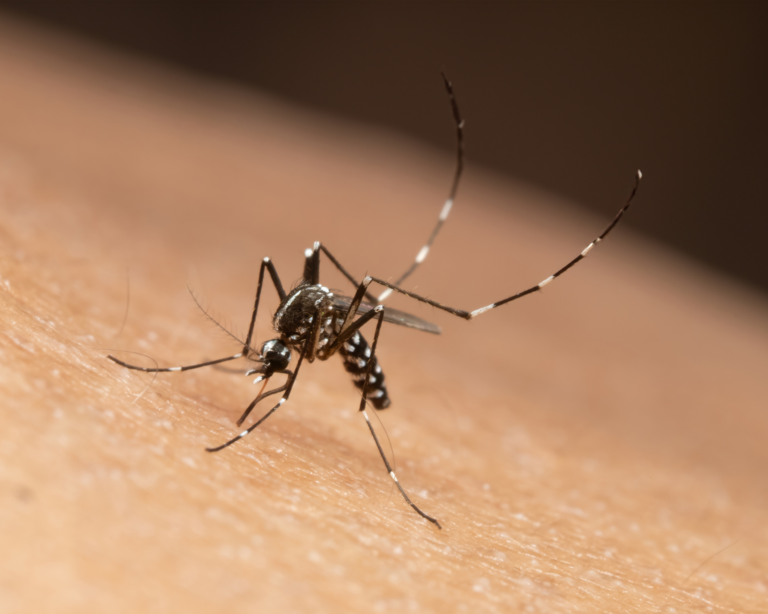Rising Temperatures Increase Dengue Risk in the U.S.
As global temperatures rise, dengue fever is emerging as a growing threat in regions once considered low-risk.

Read Time: 2 minutes
Published:
Dengue fever, a devastating mosquito-borne disease that causes severe bone and joint pain, is surfacing in the United States. As global temperatures climb, this potentially lethal virus is emerging as a growing threat in regions once considered low-risk.
According to the most recent 2024 data, dengue cases spiked dramatically across the U.S. and territories, with over 7,100 reported infections. This surge includes an unprecedented spread of local transmission beyond the traditional hotspots of Florida and Texas into Arizona and California. Puerto Rico, where cases have now tripled compared to 2023, declared a public health emergency after recording 1,498 cases.
Imelda Trejo and colleagues investigated how temperature affects dengue transmission in five southern U.S. cities: Los Angeles, Houston, Miami, Brownsville, and Phoenix. Using mathematical modeling over a 180-day period, they simulated potential outbreaks under current temperatures and with a 3°C (5.4°F) increase.
The study identified that temperatures between 27 and 31 degrees Celsius (80.6 to 87.8 degrees Fahrenheit) created conditions for the highest risk of dengue outbreaks. As temperatures rose above 31°C (87.8°F), outbreak risk declined because mosquitoes couldn’t survive as long. Houston, with its climate approaching these optimal transmission temperatures, emerged as the city facing the greatest potential increase in outbreak risk.

The researchers’ model, shown in the figure above, demonstrates the relationship between temperature and mosquito survival. The darker purple areas reveal optimal transmission conditions occurring between 25 and 30°C (77-86°F). Outside this range, mosquitoes either develop too slowly or die before they can effectively spread the virus.
This temperature threshold insight provides crucial guidance for public health planning. Cities approaching optimal transmission temperatures need enhanced mosquito control measures. Meanwhile, some regions may see their risk decrease as temperatures exceed mosquito survival thresholds. With dengue’s severe health impacts, including potential long-term joint pain and rare fatal cases, these findings are essential for targeting prevention resources toward vulnerable communities.



